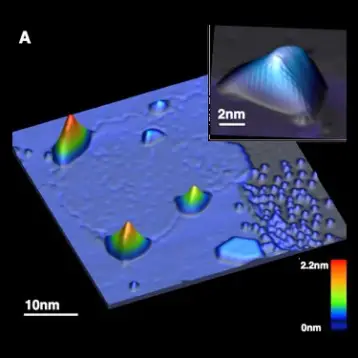|
In conventional guns, a chemical explosive creates hot gas, which propels the metal bullets down the gun barrel. In a coilgun, a series of coiled wires create a strong magnetic field that accelerates the iron based magnetic projectile without direct physical contact. Most bullet-sized objects are not naturally magnetic, but when you look at individual atoms, just about everything is magnetic.
Using the coilgun, the researchers trapped particles in midair, stored them in a tiny chamber, and then released them towards the gun. Once a particle reaches the gun and encounters the coils, each coil’s magnetic field slows down the particle, eventually causing it to come to a complete stop.
The project’s eventual goal is to weigh neutrinos, which are tiny, ‘slippery’ particles. The scientists want to capture an atom of tritium, the heaviest form of hydrogen, and then weigh the neutrinos that spit out as the atom decays. Hopefully, the coilgun will help improve our understanding of the basic science of atoms.
|
TFOT also covered Ice Cube – the largest telescope in the world, built beneath hundreds of feet of Polar ice. The new telescope will help scientists detect one of nature’s most elusive particles – the neutrino. The huge observatory is expected to be ready in 2011.
More about the new coilgun can be found on the website of the University of Texas.












